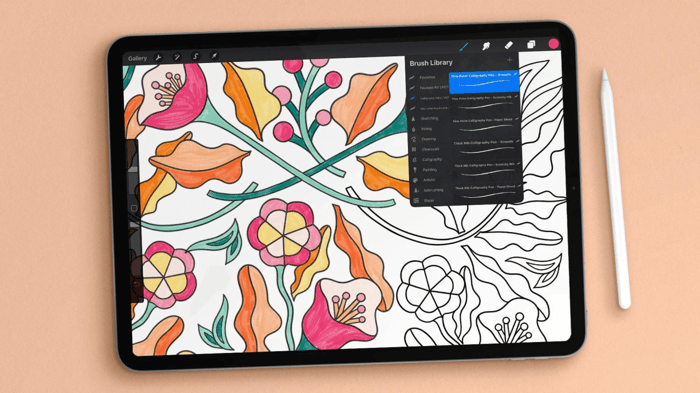Hosting a virtual design workshop can be a great way to share knowledge, build community, and inspire creativity within your field, even if you're not able to gather in person. Learn how to successfully host a virtual design workshop through this blog.
Define your goals and audience: Before you begin planning your workshop, it's important to define your goals and target audience. Are you looking to teach a specific skill or technique? Are you trying to build community among designers in your area? Knowing your goals and audience will help you shape the content and format of your workshop.
Choose a platform and schedule: Once you have a clear idea of your goals and audience, you can begin planning the logistics of your workshop. Choose a virtual platform that is easy to use and that allows for interactive features such as video conferencing, screen sharing, and breakout rooms. Decide on a date and time that works for your attendees and allows enough time for planning and promotion.
Create a detailed agenda: A detailed agenda will help keep your workshop on track and ensure that all important topics are covered. Be sure to include breaks, as well as time for questions and discussion. You can also consider including activities and exercises that will help attendees engage with the material and each other.
Recruit and prepare speakers: If you plan to have guest speakers or instructors, start recruiting them early and provide them with clear guidelines for their presentations or activities. You may also need to provide them with instructions on how to use the virtual platform.
Promote your workshop: Once you have a platform, date, and agenda setting, it's time to promote your workshop. Create a website or event page for your workshop, and use social media, email, and other channels to get the word out. Be sure to include all relevant details, such as the date, time, location, and cost.
Prepare the virtual platform: Before the workshop, make sure to test the virtual platform and ensure that it is suitable for your needs. Check that the video and audio quality is good and that all interactive features are working. Provide attendees with instructions on how to use the platform, and how to access any materials or resources they will need.
Facilitate the workshop: On the day of the workshop, make sure to arrive early to set up and prepare. Greet attendees as they log in, and provide them with any materials or resources they will need. During the workshop, be sure to keep to the agenda, and engage attendees with interactive activities and discussions.
Follow up: After the workshop, be sure to follow up with attendees and ask for feedback on their experience. This can help you improve future workshops, and can also help build a sense of community among attendees.
By following these steps, you can create a detailed guide on how to host a virtual design workshop. Remember that the key to a successful virtual design workshop is to set clear goals, plan carefully, and engage your attendees with interactive activities and discussions. With the right approach, you can create an event that will be memorable and valuable for both attendees and organizers.
Need help planning and setting up your workshop? Book a consultation with one of our experts today.





